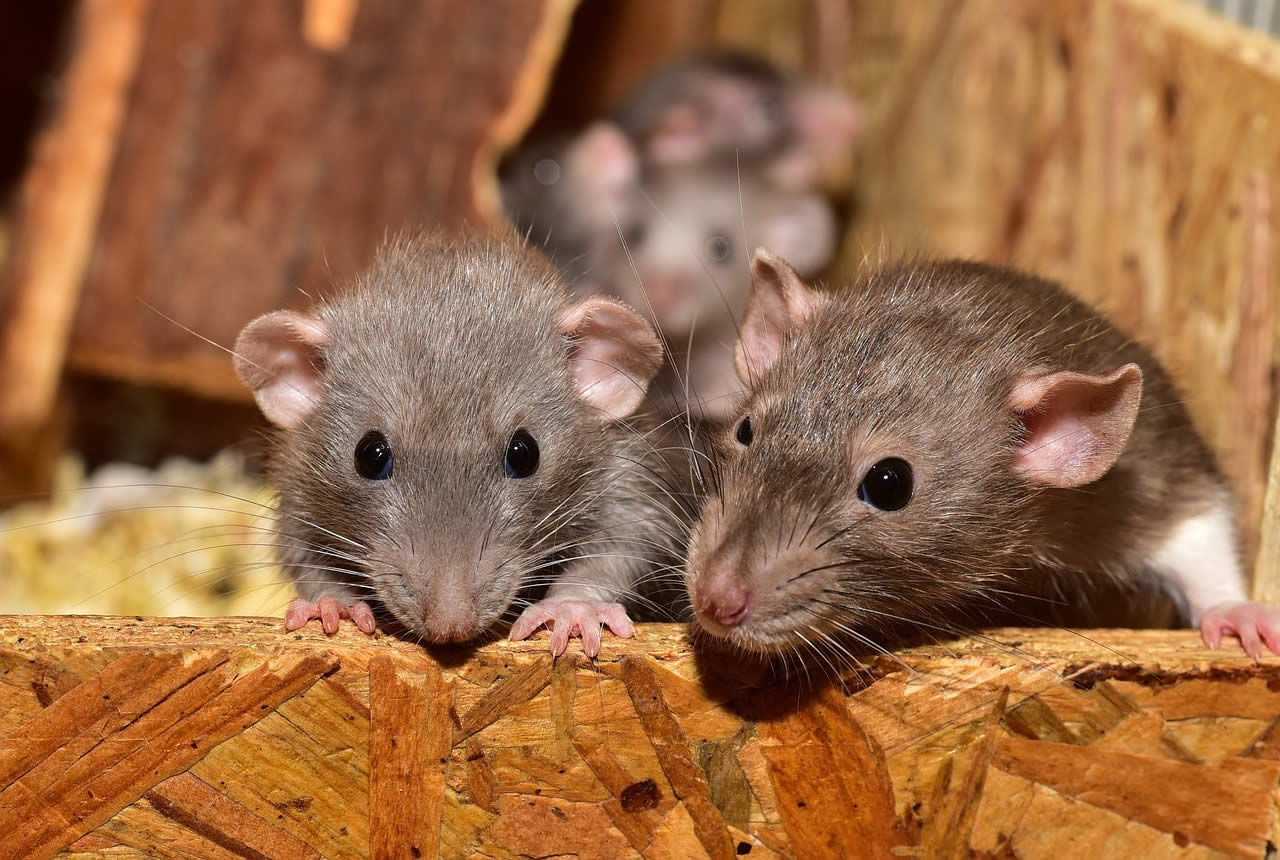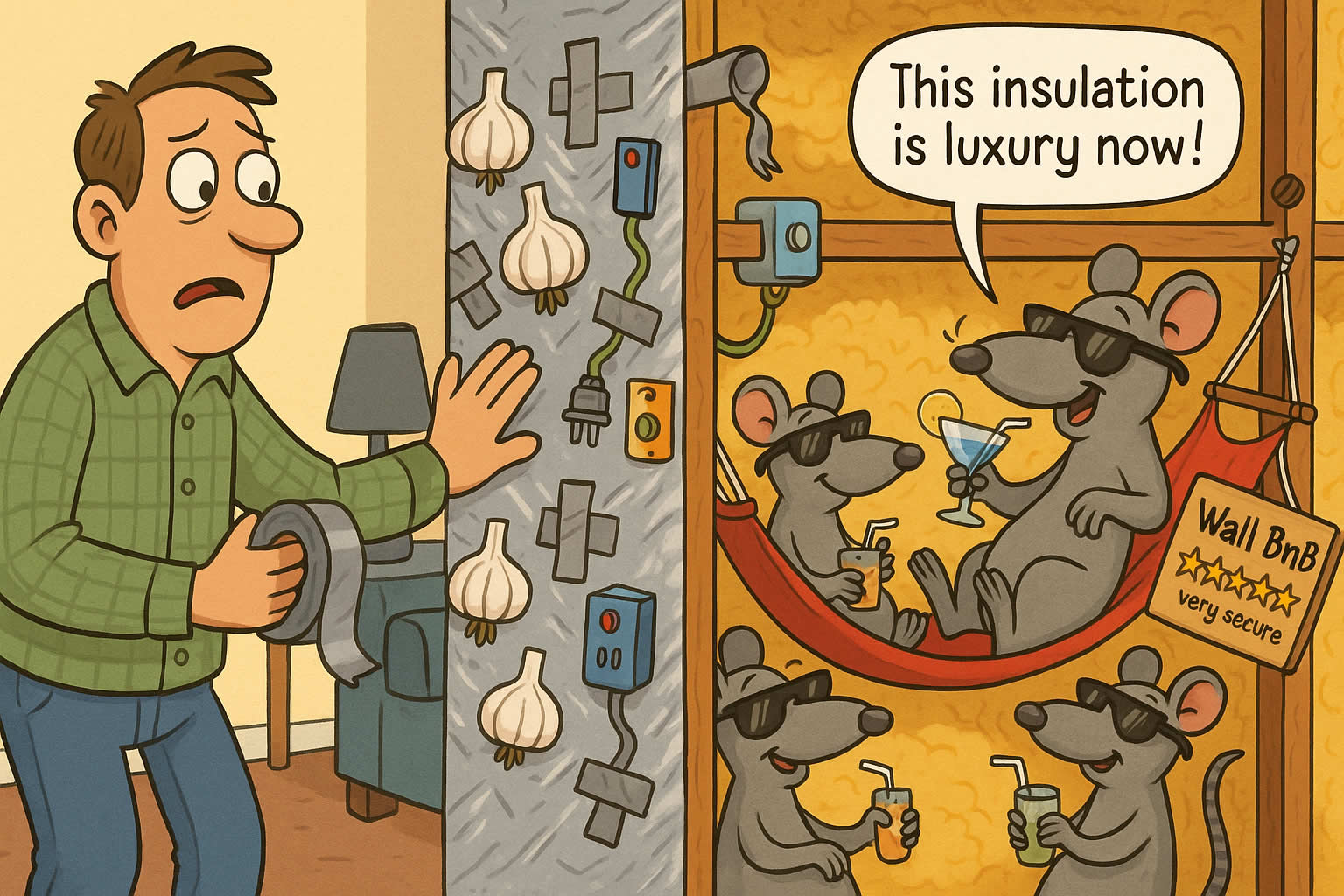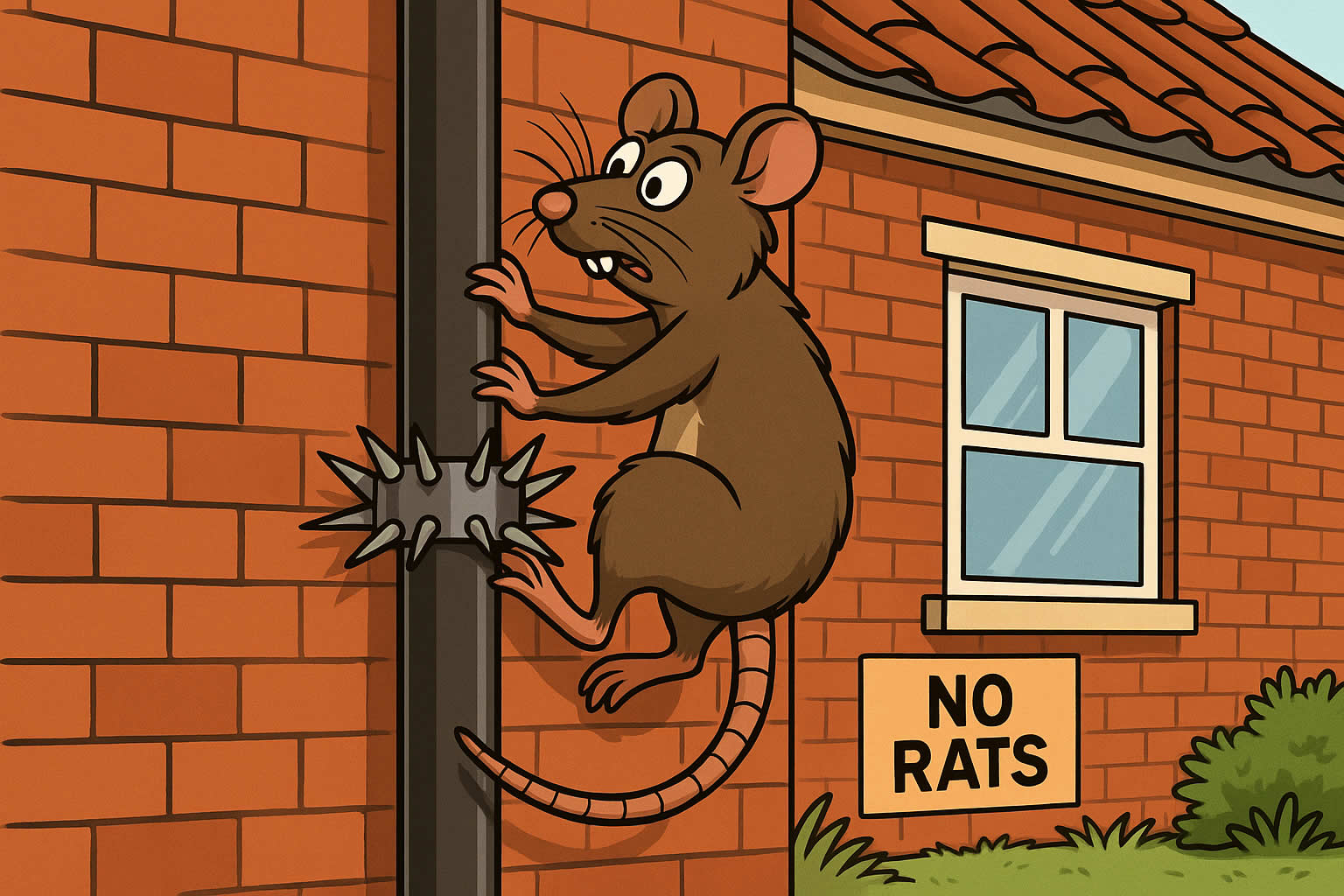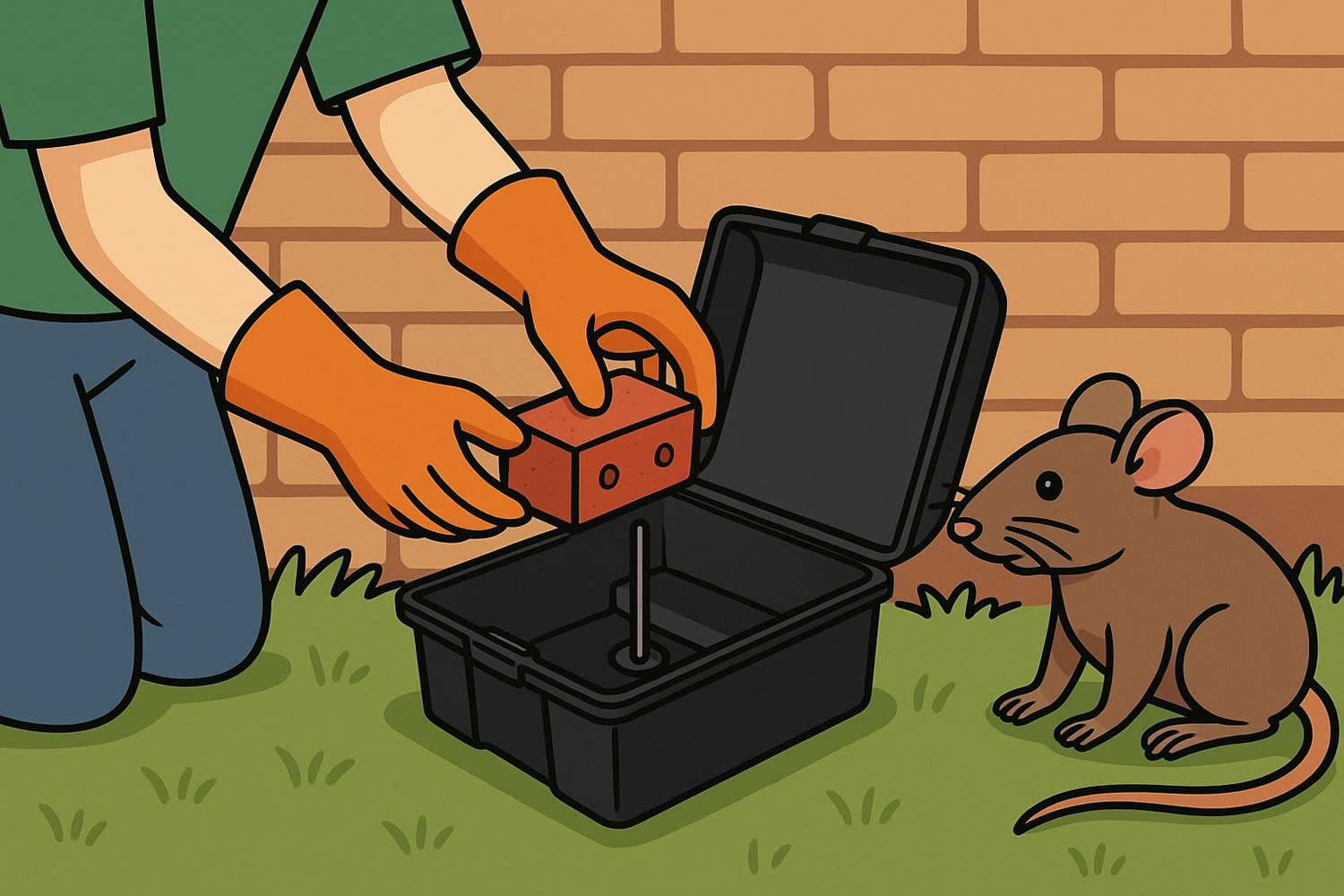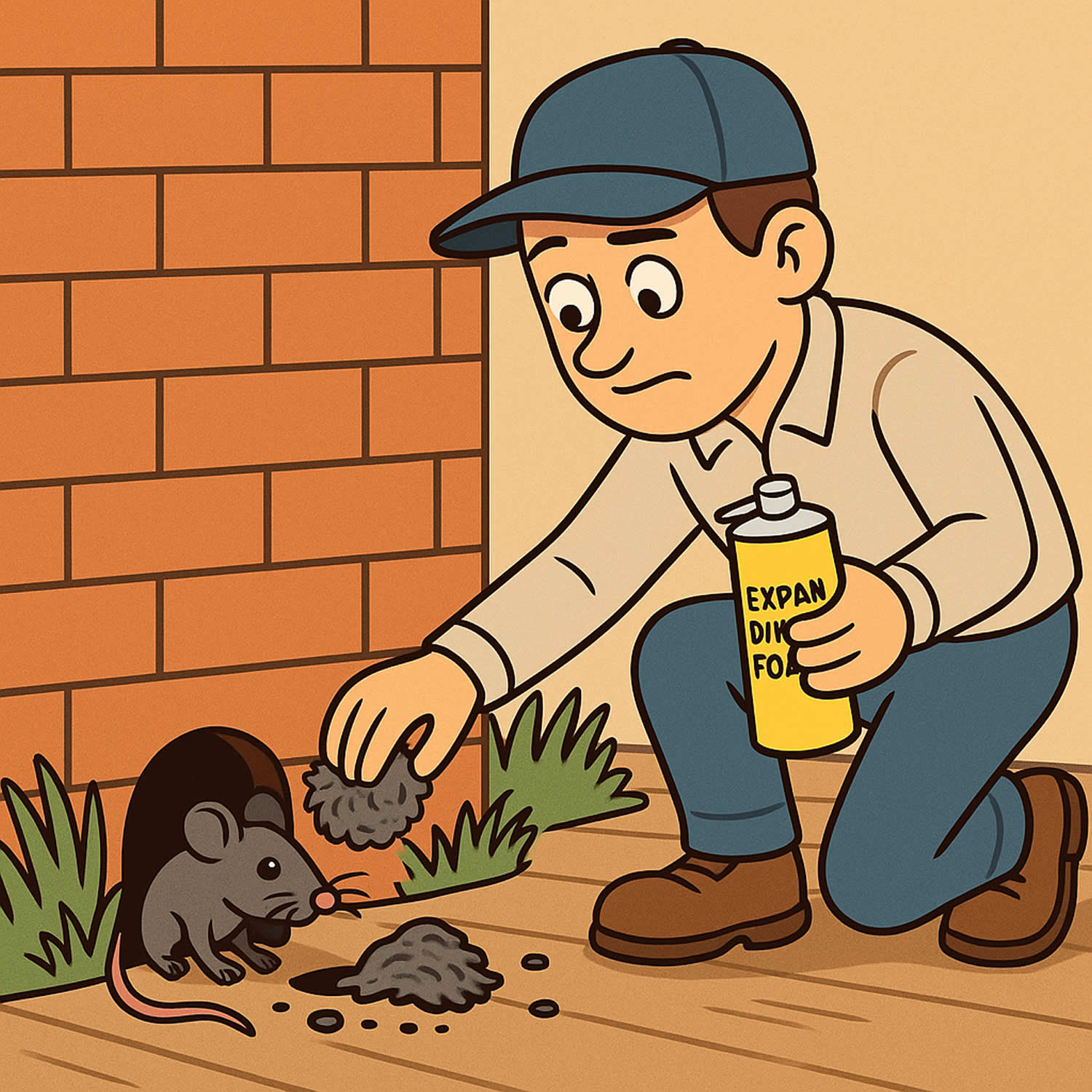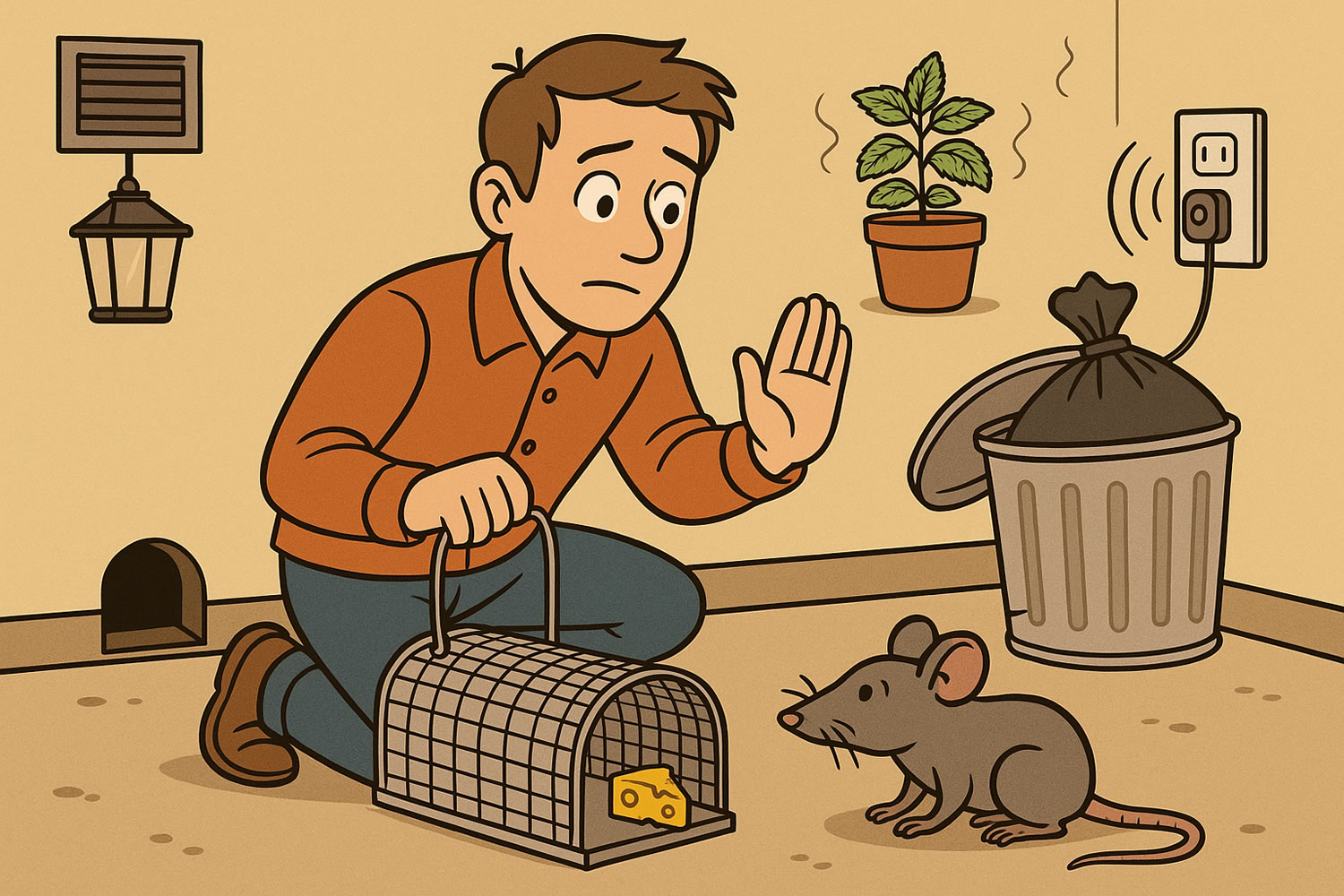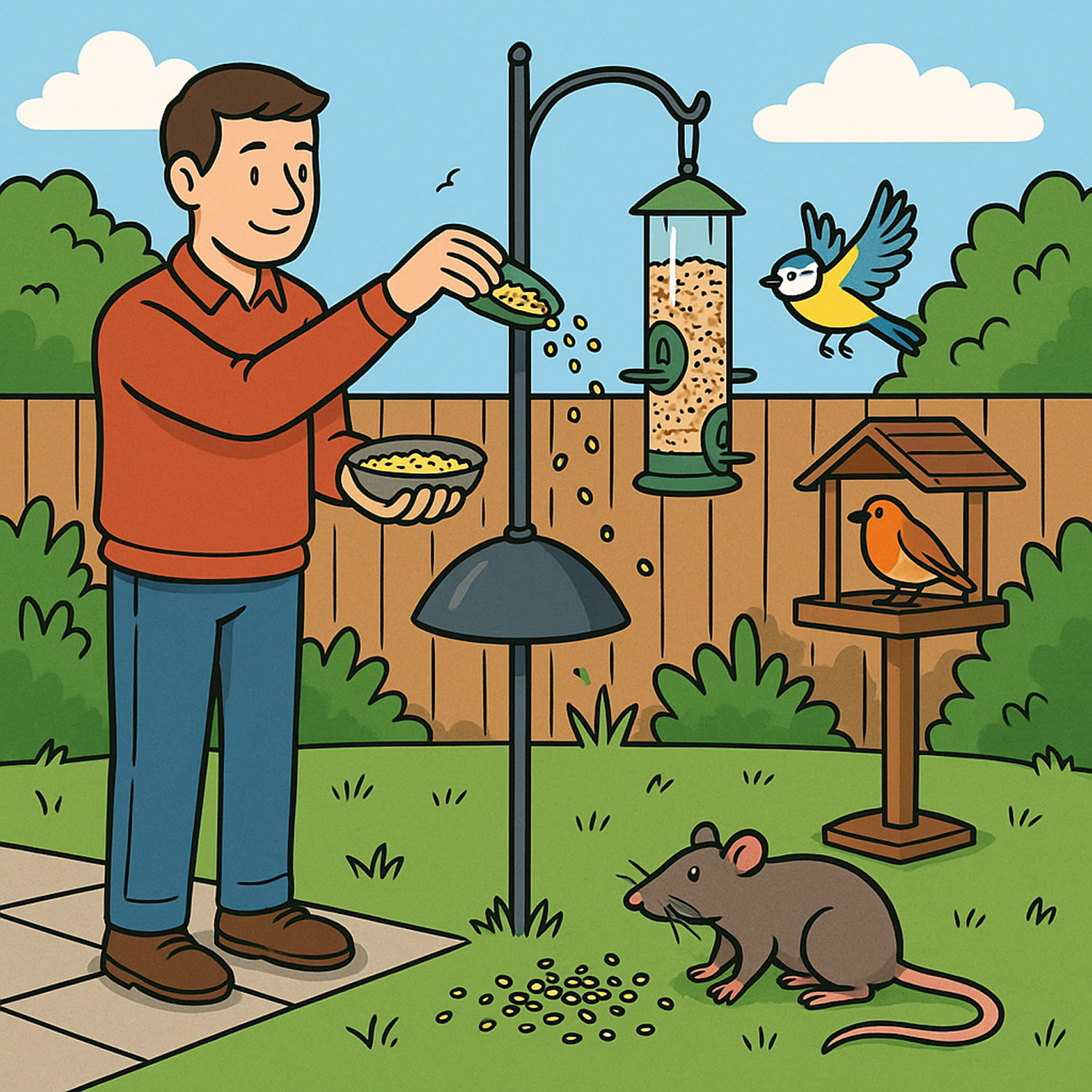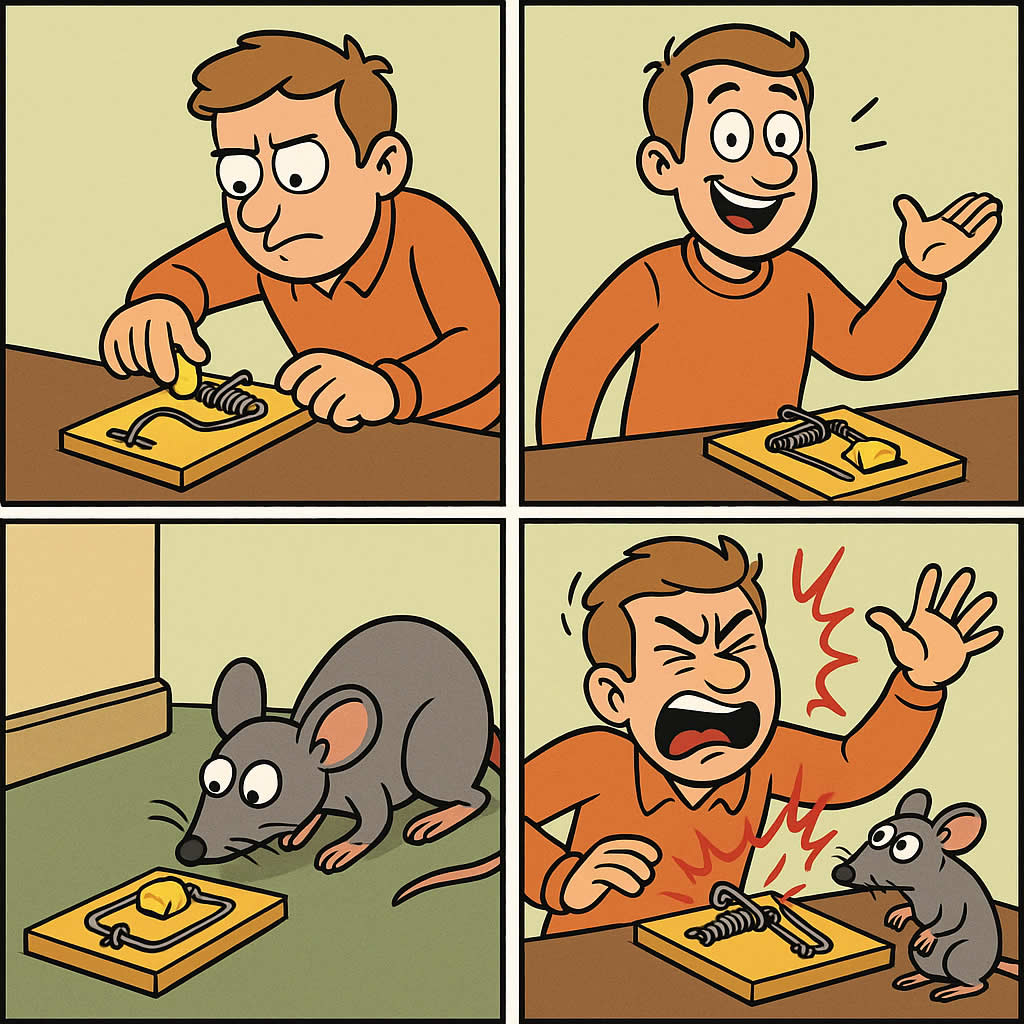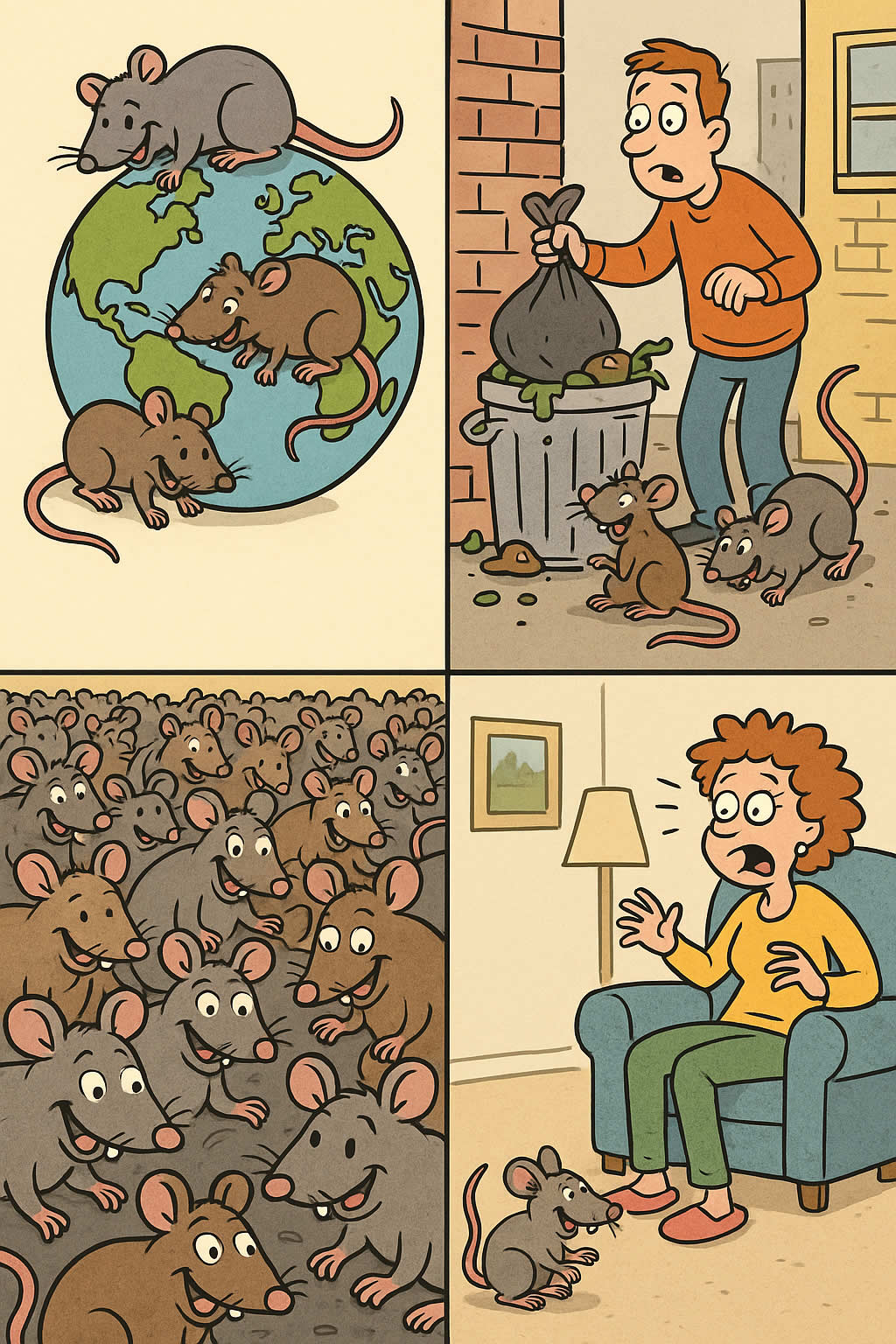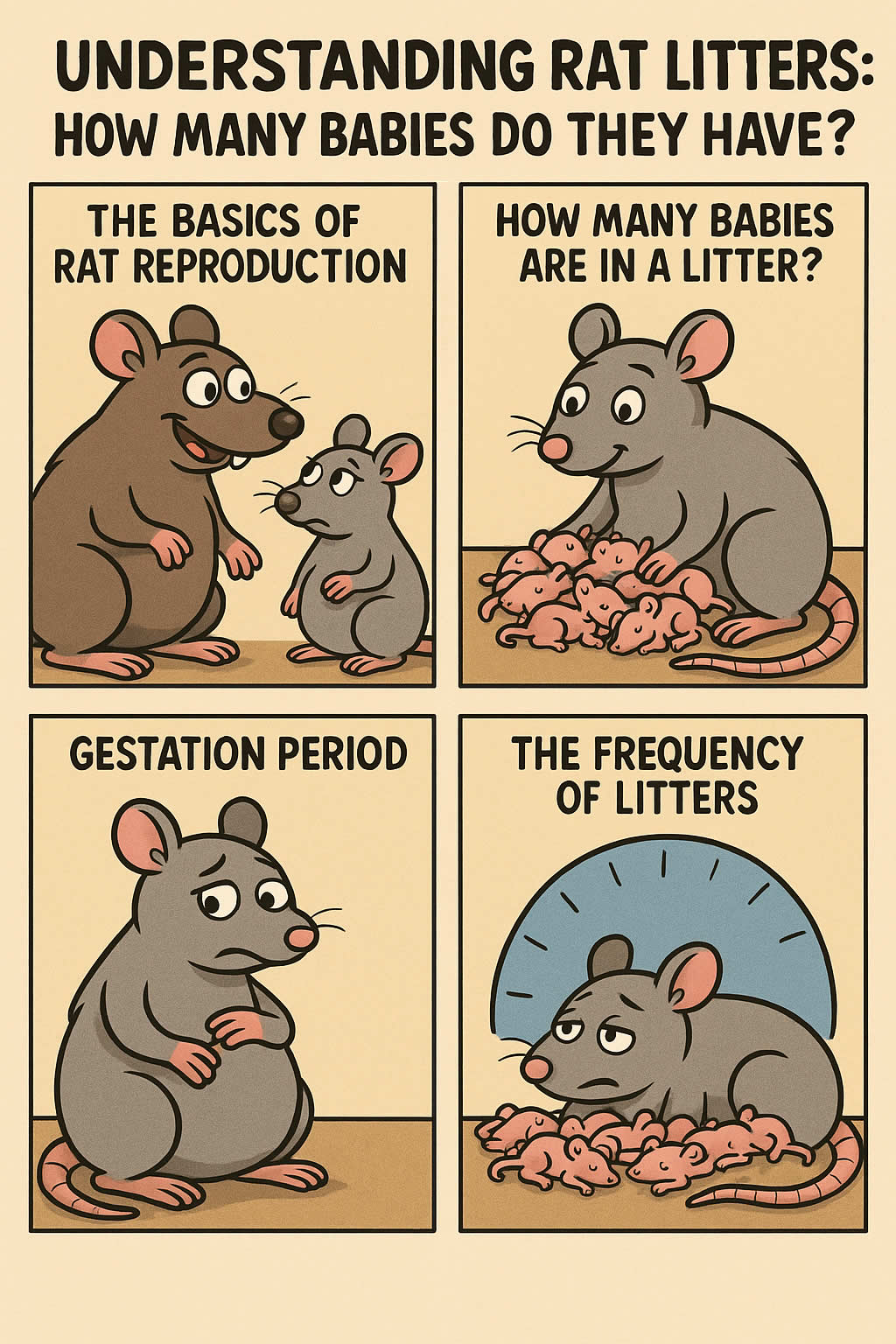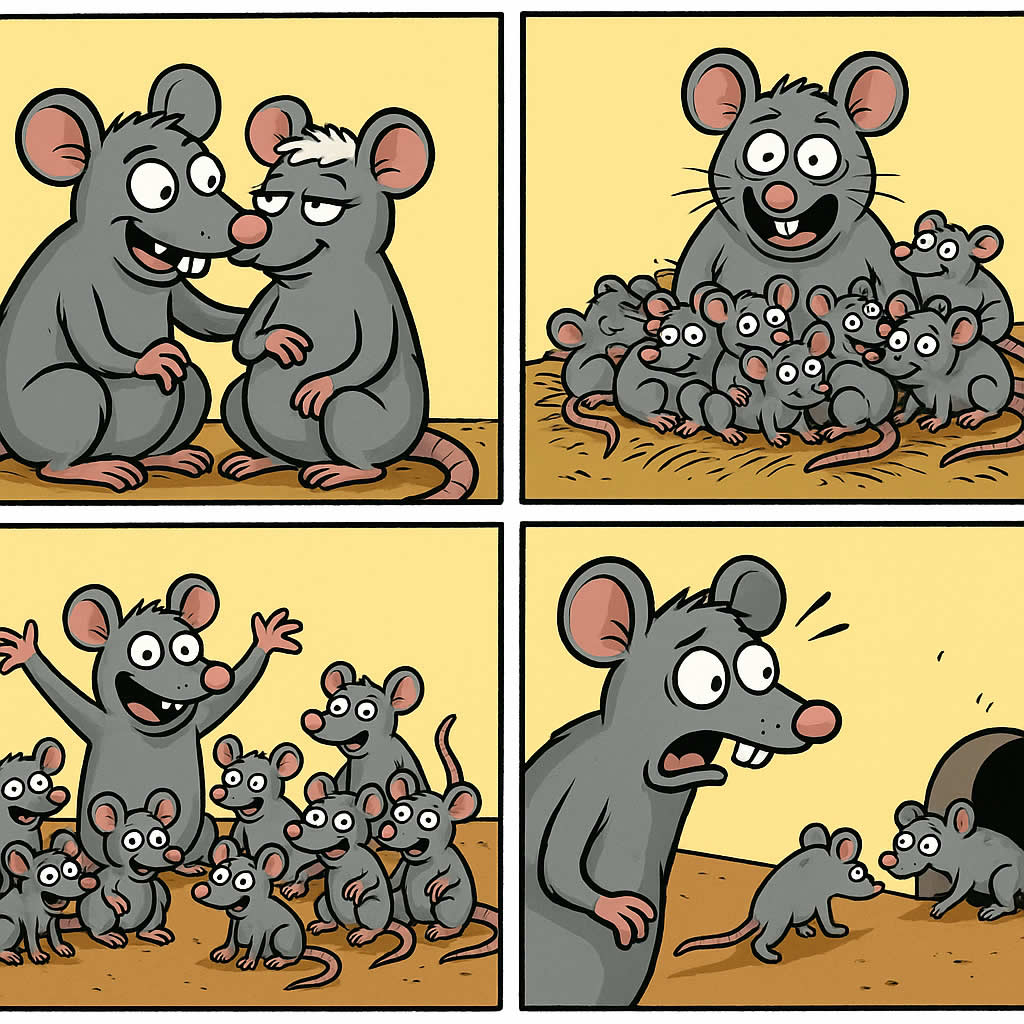Related Queries
ToggleRats are everywhere. You might see them scurrying through alleyways, nesting in your loft, or even exploring your garden. But have you ever wondered how long these little creatures actually live? Understanding the lifespan of rats isn’t just interesting; it’s important if you’re dealing with a rat problem or just curious about how these animals survive.
In this post, we’ll look at how long rats live, both in the wild and in captivity. We’ll also explore the factors that affect their lifespan and why some rats live much longer than others.
What Is the Average Lifespan of a Rat?
The average lifespan of a rat depends a lot on where it lives and what kind of rat it is. Generally, rats have relatively short lives compared to many other animals. Here’s a quick look:
- Wild rats: Usually live between 6 months and 1 year.
- Pet rats (domestic rats): Can live between 2 and 3 years, sometimes a little longer with excellent care.
Why the big difference? It all comes down to the conditions they face. Wild rats are exposed to predators, diseases, harsh weather, and food shortages. Pet rats, on the other hand, get consistent food, medical care, and protection.
What Affects the Lifespan of Wild Rats?
Wild rats have it tough. Their lifespan is often cut short by a range of challenges they can’t control. Let’s look at the main factors:
Predators
Wild rats are a favourite target for many predators. Birds of prey, snakes, cats, foxes, and even larger rodents can hunt them. Being small and fast helps, but not always enough.
Food Availability
Rats are resourceful, but they still need to find enough food to survive. In cities, they might do well scavenging in bins, but in other areas, they may struggle during winter when food is scarce.
Weather Conditions
Harsh winters or extremely hot summers can be fatal for wild rats. If they can’t find proper shelter, they may not survive long enough to see another season.
Diseases and Parasites
Wild rats often carry parasites, like fleas and mites, and they are exposed to many diseases. These can spread quickly among rat populations, leading to high mortality rates.
Human Control Efforts
Pest control methods, like traps, poison, and extermination, can significantly reduce rat populations. Wild rats in urban areas are at constant risk of coming into contact with these.
Do Different Species of Rats Live for Different Lengths of Time?
Yes, the species of a rat also affects how long it can live. The two most common types of rats you’re likely to encounter are:
- Brown rats (Norway rats): Usually live for about 6 to 12 months in the wild but can live for 2 to 3 years as pets.
- Black rats (roof rats): Also live for around 6 to 12 months in the wild and up to 3 years in captivity.
Pet rats, regardless of their species, generally live longer than their wild relatives because they get better care.
How Long Do Pet Rats Live?
If you have a pet rat, you can expect it to live for around 2 to 3 years. Some may even live a little longer with excellent care. But what helps a pet rat reach the higher end of that range?
Diet
Pet rats thrive on a balanced diet of high-quality rat pellets, fresh fruits, vegetables, and occasional treats. Avoid sugary foods and junk food, as these can lead to health problems.
Clean Living Environment
A clean, spacious cage with regular cleaning helps prevent respiratory issues and keeps your rat comfortable.
Regular Health Checks
Taking your pet rat to the vet for regular check-ups is crucial. Vets can spot problems early, like respiratory infections or tumours, which are common in rats.
Exercise and Enrichment
Pet rats are active, intelligent animals. They need toys, climbing structures, and interaction to keep them happy and mentally stimulated.
Companionship
Rats are social animals. Keeping two or more together can improve their quality of life. However, you need to ensure they get along well and are the same sex to avoid unwanted litters.
Why Do Pet Rats Live Longer Than Wild Rats?
Pet rats have a longer lifespan than wild rats for a simple reason: they are protected. In captivity, they don’t have to worry about predators, they get consistent food, and they have a safe, clean environment. Health issues can be treated quickly, and they have less exposure to dangerous diseases.
In the wild, even a healthy rat might not live long due to constant threats. But a pet rat with proper care can enjoy a relatively long and comfortable life.
What Are the Most Common Causes of Death in Rats?
Whether wild or domesticated, rats can suffer from a range of health issues. Here are some of the most common causes of death:
Respiratory Infections
Rats are prone to respiratory problems, especially if their living area is dirty or has poor air quality.
Tumours and Cancer
Tumours, particularly mammary tumours in female rats, are a leading cause of death in pet rats.
Old Age and Organ Failure
As rats get older, their bodies simply wear out. Their organs may stop functioning properly, leading to natural death.
Injuries
For wild rats, injuries from predators, fights, or falls can be fatal.
Poisoning
In both the wild and domestic settings, rats can die from poisoning. Wild rats may encounter poison set out by pest control, while pet rats may suffer from eating toxic foods or substances.
Can You Increase the Lifespan of Your Pet Rat?
If you have a pet rat, you might wonder if you can help it live a longer, healthier life. And yes, you absolutely can. Here’s how:
- Feed a balanced diet: High-quality rat food, fresh fruits, and vegetables.
- Keep the cage clean: Regularly remove waste, change bedding, and provide a clean water supply.
- Ensure plenty of exercise: Use toys, tunnels, and climbing structures.
- Provide companionship: Consider keeping two rats together, but make sure they get along.
- Schedule regular vet visits: Catch health problems early.
The better you care for your pet rat, the more likely it is to live a long, happy life.
How Can You Tell If a Rat Is Old?
Rats age much faster than humans, so the signs of ageing can appear quickly. Here are a few signs that a rat is getting old:
- Slower movement: Older rats may be less active.
- Greying fur: Just like humans, some rats may develop grey fur as they age.
- Weight loss: They may eat less and lose weight.
- Reduced grooming: Older rats may become less meticulous with their grooming.
- Changes in behaviour: They may become less social or more easily startled.
If you notice these signs, you should ensure your pet rat has a comfortable, safe environment and regular check-ups with the vet.
Final Thoughts
Rats may not have the longest lifespans, but they are fascinating creatures. Whether you’re dealing with wild rats or keeping pet rats, understanding how long they live and what affects their lifespan is important. For pet owners, it means knowing how to give your rat the best possible life. For those dealing with wild rats, it means understanding the challenges these animals face.
Now that you know more about how long rats live, you’ll better understand these clever creatures, whether they’re sharing your home as pets or trying to sneak into your loft.
Pest Control Holme – Pest Control Wrestlingworth – Pest Control Kensworth Lynch
